In case you’re planning to buy a camera and you’re not an expert in photography, you need to consider many important factors, such as choosing the right lenses. Buying lenses randomly is not a good option, especially if you’re really interested in photography and you feel that it might become more than just a hobby to you.
What follows is a list of various lenses (their focal lengths) and their functions – you should become familiar with these lenses before you decide which ones can fit your interests.
Based on focal length, we divide lenses into normal lenses, wide-angle lenses, and telephoto lenses.
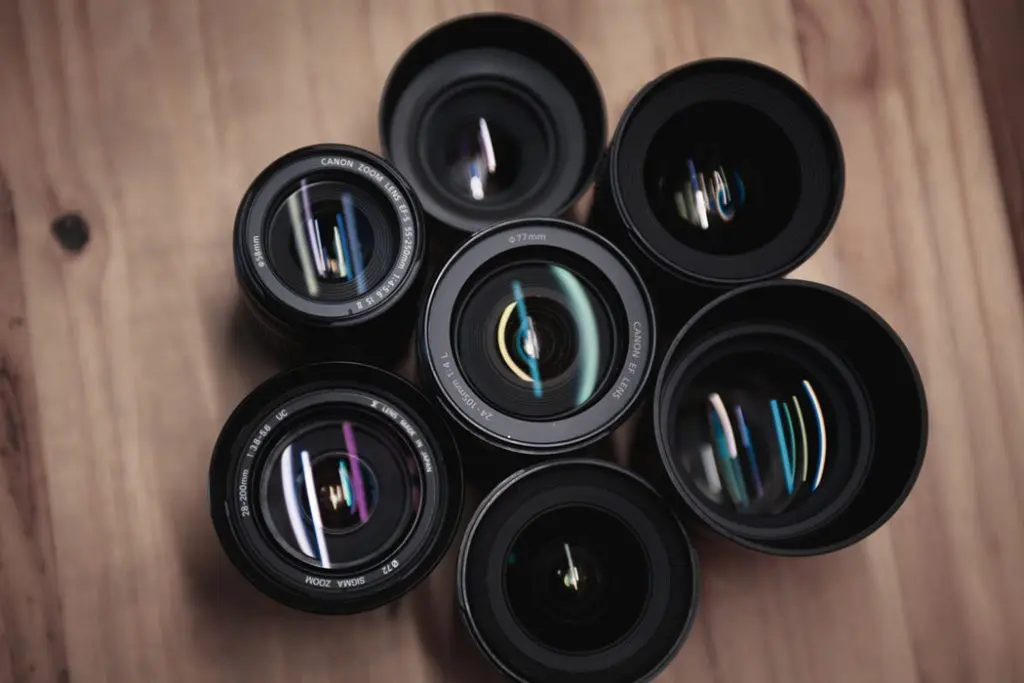
12-24mm
The 12-24mm lens is a wide-angle zoom lens known for its edge-to-edge sharpness. If you’re looking for an affordable wide-angle zoom for landscape, architectural, or interiors photography, this is probably the best choice. The 12mm focal length provides an extreme angle of view while the 12-24mm range is very useful for all kinds of landscape photography. Wide-angle lenses are great for getting a lot of subject into the frame even when you need to shoot in a tight space.
If you use this wide-angle lens with a DX body, it will produce an 18-36mm equivalent focal length range. This happens because of the crop factor of the sensor, which is roughly 1.5x for Canon cameras and 1.6 for Nikon cameras. This range (18-36mm) still belongs to the wide-angle zoom category but it can be suitable for environmental portraits as well.
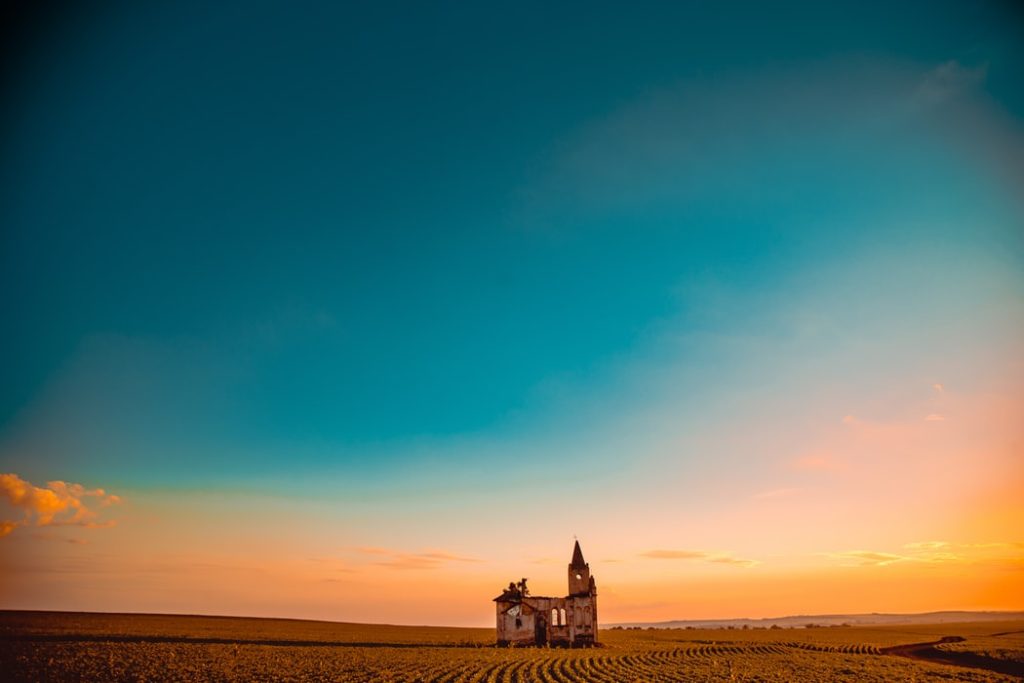
24-70mm
The most important feature of the 24-70mm lens is its versatility. This range offers so many options – it’s useful for portraits, street photography, product photography and even landscapes when you don’t have to show vast wide open spaces. You can easily go from a wide angle to a zoom with this lens, which allows you to adjust the composition quickly.
The focal range of this lens is greatly inspired by the human eye. Because of this, the 24-70mm lens allows amateur photographers to learn with more ease than some other types of lenses.
For DX bodies, this lens will produce a 38-112mm equivalent focal length range, which makes it less suitable for landscapes.
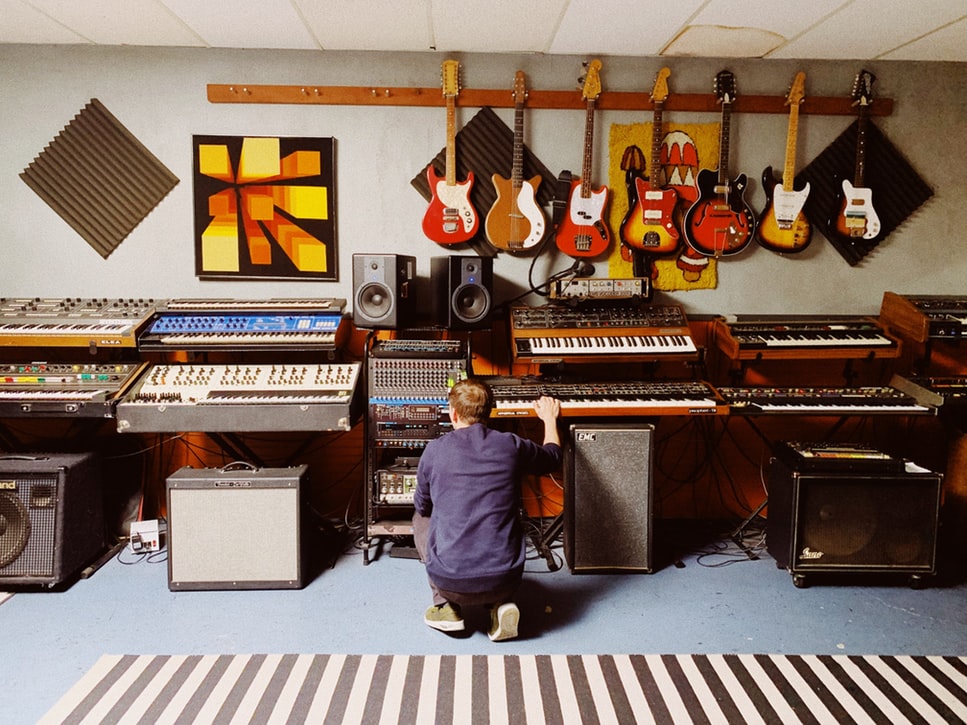
70-200mm
This is another rather versatile lens that can be used for shooting everything from sports and wildlife to wedding and event photography. Only in case you’re interested specifically in landscape photography, you should skip buying this lens – it won’t allow you to show the sense of spaciousness properly.
On the other hand, if you plan to photograph candid portraits or anything else that you can’t get close to, the 70-200mm lens is perfect!
If you use the 70-200mm on a DX camera body, it becomes a virtual 105-300mm. This is ideal for close-up portraits and wildlife photography.

35mm
The 35mm lens is known for having excellent versatility and for mimicking what we see with our own eyes. For instance, many movies are shot on 35mm lenses because it gives the audience a realistic point of view.
Another great thing about this prime lens is the fact that it has a large maximum aperture – it’s usually f/2.8, f/1.8 or f/1.4. This makes it easier to get nice, blurry backgrounds for portraits or shoot in low light and get amazingly beautiful and dreamy landscapes.
You can use this lens on a full frame camera to get a standard view of a landscape or on a crop sensor camera for a longer effective focal length for portraits. A DX camera body with a 35mm lens will give you a field of view as if you used a 50mm lens on a full frame camera.

50mm
The 50mm lens, also known as ‘nifty fifty’, gives a lot of flexibility to portrait photographers. Because of this, many professional portrait photographers would choose one of the 50mm lenses if it was the only lens they could own.
Just like the 35mm, the 50mm is a prime lens with a large maximum aperture that can create creamy bokeh. This is very useful for outdoor portraits when you need to avoid cluttered backgrounds.
A DX camera body with a 50mm lens will give you a field of view as if you used a 75mm lens. However, this lens is very uncommon, so we can safely say that the 50mm on a DX body mimics the 85mm on a full-frame camera. This means that the 50mm acts as a short telephoto lens on DX bodies, which can be a great option for close-up portraits.

85mm
Shooting with the 85mm allows photographers to capture various details of portrait subjects—such as their facial expressions, gestures or interesting textures of their clothing. The 85mm is very popular among wedding and studio photographers because it combines incredible image quality, artistic blur, and very little distortion.
One thing you have to be aware of when shooting with this lens is that its minimum focusing distance is roughly 2.8 feet from your intended focal point. This means that you’ll have to stand further back than when you use 35mm and 50mm lenses. It’s very hard to work with the 85mm in crowded small spaces!
On a camera with a DX factor, the field of view of this lens compares with the field of view of a 135mm telephoto lens on a full-frame camera. Because of this, the 85mm mounted on a DX camera is a perfect choice for intimate and expressive close-ups, when you want the eyes of your subject to be the central theme of your image.

300mm or 75-300mm
The 300mm lens is known for its outstanding sharpness and super fast focusing. Because of these two features, it’s commonly used for capturing fast-paced sports and portraits of far-off subjects.
In fact, your subject doesn’t have to be really far away – if you’re trying to compose an image that’s completely filled by the subject, this lens can help you get a picture that makes the viewer feel very close to the subject.
On a camera with a DX factor, the 300mm mimics the field of view of the 450mm on a full-frame camera. This brings even the most distant action closer and it's great for candids, travel and sports photography.
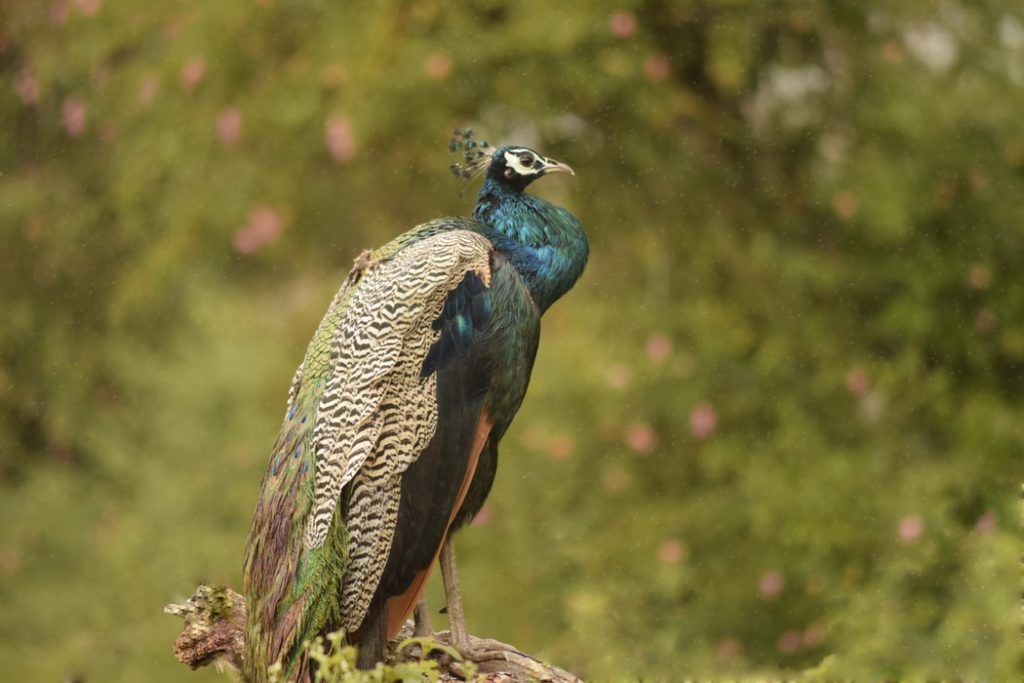
400mm or 100-400mm
The 400mm is a super-telephoto lens and it’s widely used by sports and wildlife photographers. No matter if you're planning to shoot exotic birds or lions on a safari tour, this type of long telephoto lens can help you fill the frame properly.
This lens has outstanding optical quality and super fast focusing, which makes it rather convenient. It also lets you take close-up photos, as near as 5.5 feet.
The 400mm lens used on a crop-sensor camera would provide the same field of view as the 640mm on a 35mm film camera. This would be very useful for bird photographers who can’t get close to their subjects.
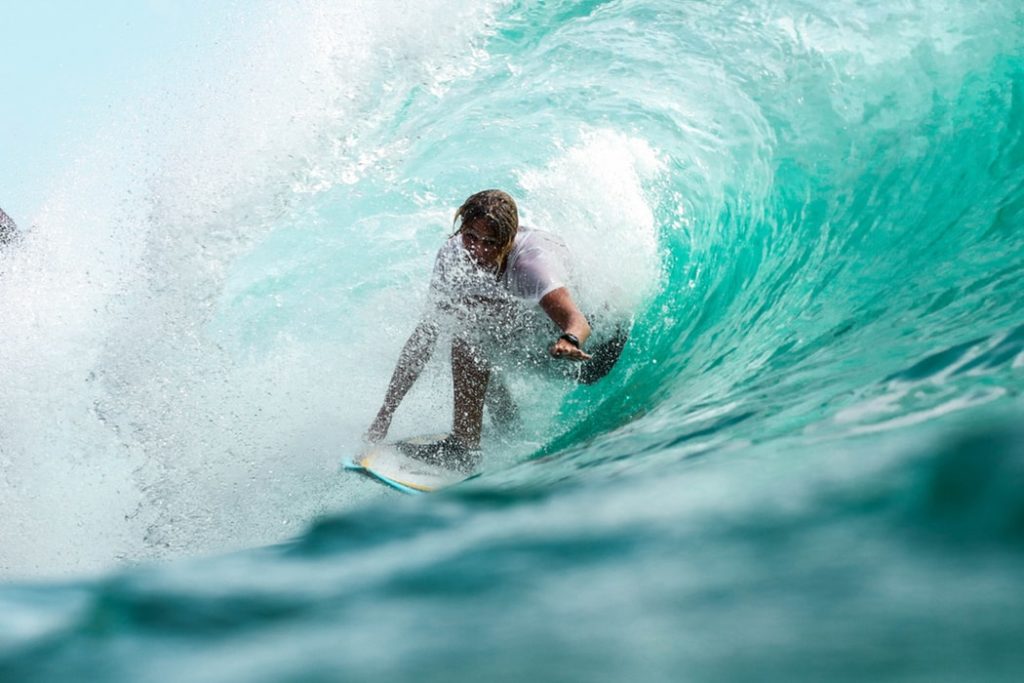
600mm or 150-600mm
The 600mm is another super telephoto lens distinguished by its advanced design and high speed that can suit sports and wildlife applications. The reach of the 150-600mm or 600mm lens (prime one) is ideal for capturing images of animals that are shy or live in tall trees. It’s also popular among astrophotographers.
Shooting with long lenses like the 600mm requires a solid set of skills and techniques. Even advanced photographers may struggle with lenses like this one! Long lenses usually offer two image stabilization modes – mode 1 is for general photography and mode 2 is for panning when you need to move the camera as you take the picture. You should learn how to use the second mode if you’re into wildlife photography.
Mounting the 150-600mm lens on a crop sensor body will give you even greater effective zoom range of 225-900mm. This range can be particularly useful for astrophotography.
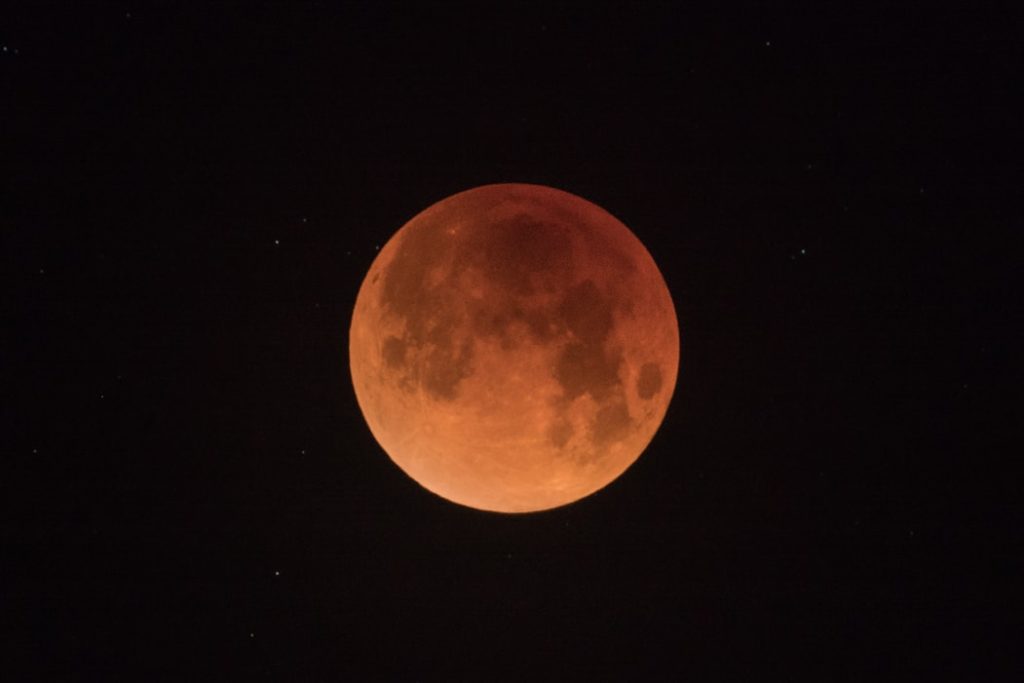
We hope that this simple guide was helpful in case you’re thinking of buying a new lens. Always have in mind that the main factors you should consider when choosing a lens are the focal length, the speed of the lens and its maximum aperture diameter.
If you want to learn more about choosing lenses, feel free to check out the following links!
Further Resources:
- How To Choose A Macro Lens
- Why Cine Lenses Are Becoming More Popular
- Top 5 Vintage Lenses You Should Try
- How To Choose The Right Camera Lens
- Choosing Lenses: When To Use Which Lens And Why
- How To Pick The Perfect Lens To Breathe New Life Into Your Camera



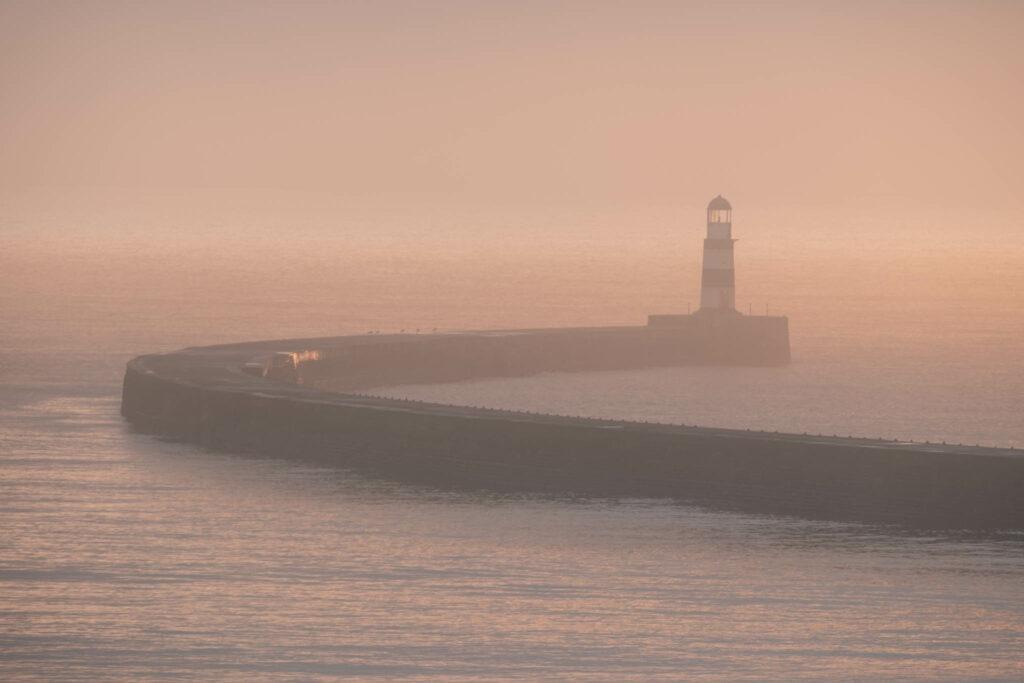

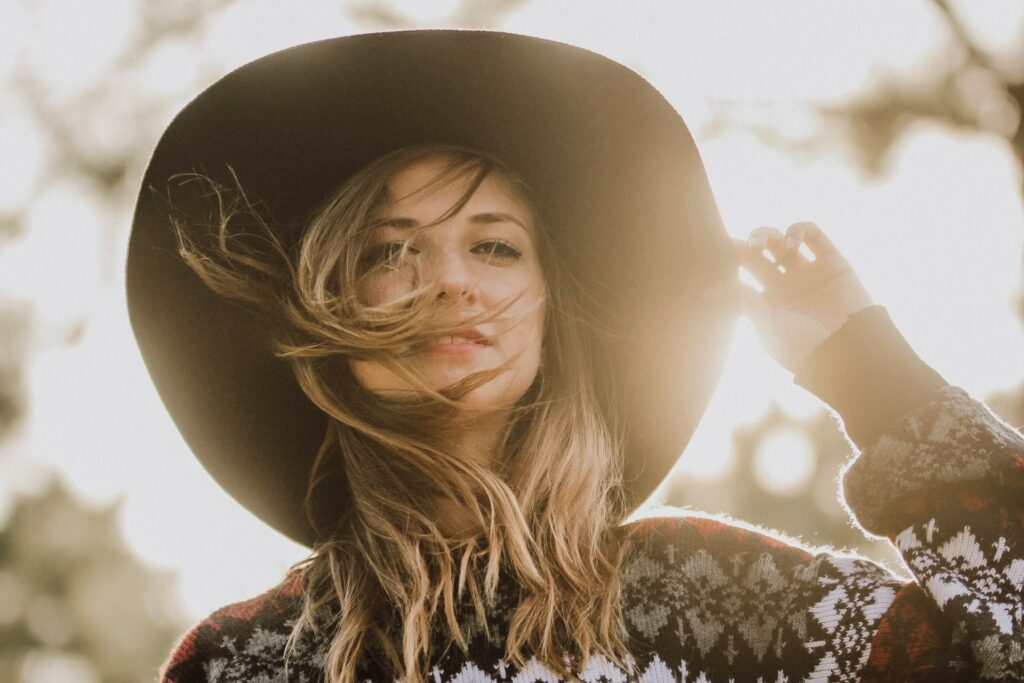
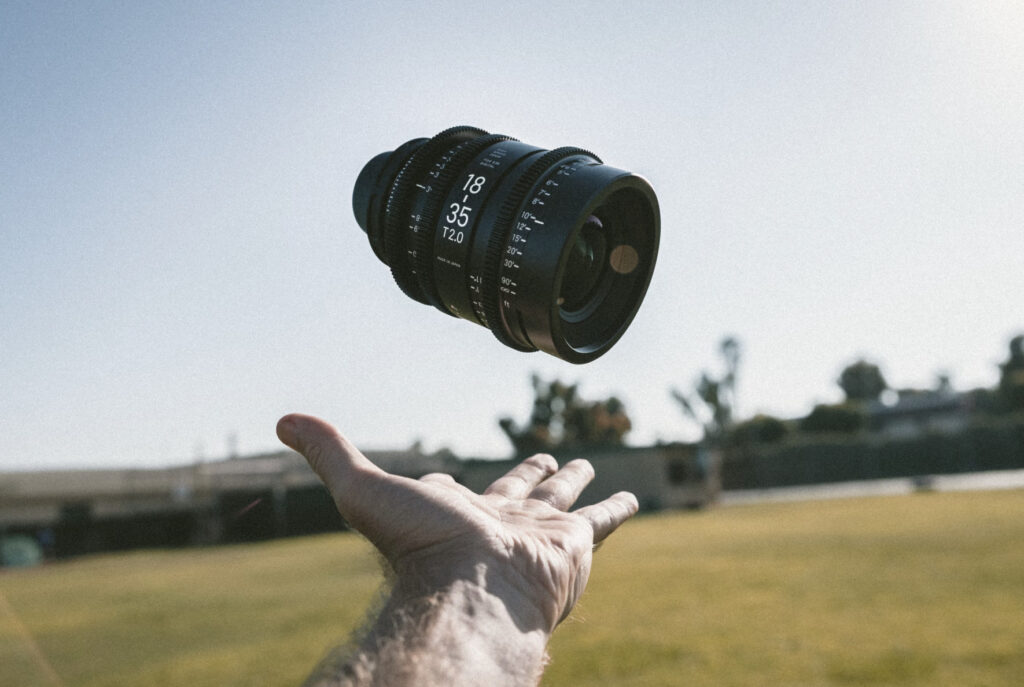
1 Comment
Tiny, pedantic point: in the section on 12-24mm, you need to change around the crop factor figures: Canon is 1.6x and Nikon 1.5x. But I don’t want that minor point to detract from the fact that this is a really good introduction for photography newbies, and I may well recommend it to someone I’m training. Thank you.